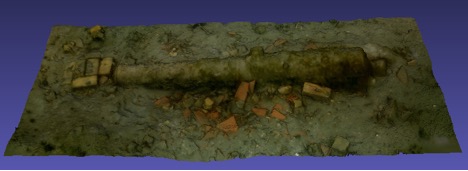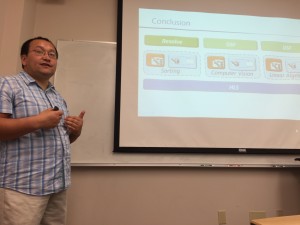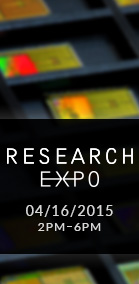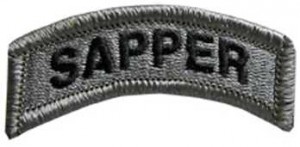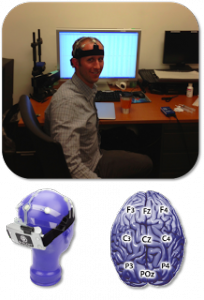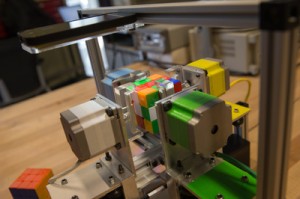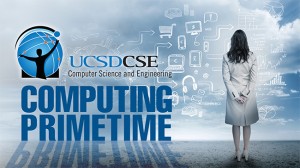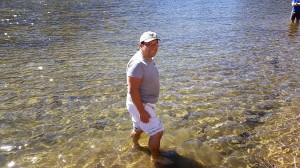UCSD recently announced the awardees for its first offering of the Frontiers of Innovation Scholars Program. The program aims to enhance interdisciplinary research across four strategic research themes – 1) Understanding and Protecting the Planet, 2) Enriching Human Life and Society, 3) Exploring the Basis of Human Knowledge, Learning, and Creativity, and 4) Understanding Cultures and Addressing Disparities in Society. PhD students Quentin Gautier and Alexandria Shearer, and undergraduates Jorge Pacheco, Nathan Hui, Antonella Wilby and Dominique Meyer all received awards. Quentin will work on 3D modeling for underwater archaeology (the picture above shows an underwater cannon in Rockly Bay, Tobago – the site of a large conflict between the French and the Dutch to control Tobago. We created this model using data from collaborating archaeologists); Alex project aims to develop an aerial lidar system for topographic mapping large forested regions specifically to find Maya structures in the jungle; and the undergraduates will work on various projects related to the Engineers for Exploration program.
Links:
UCSD Press Release
UCSD CSE Press Release
Frontiers of Innovation Scholars Program
